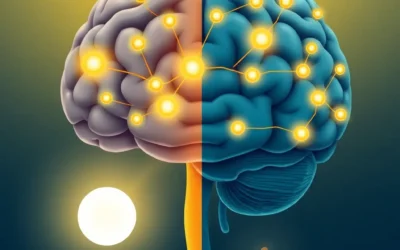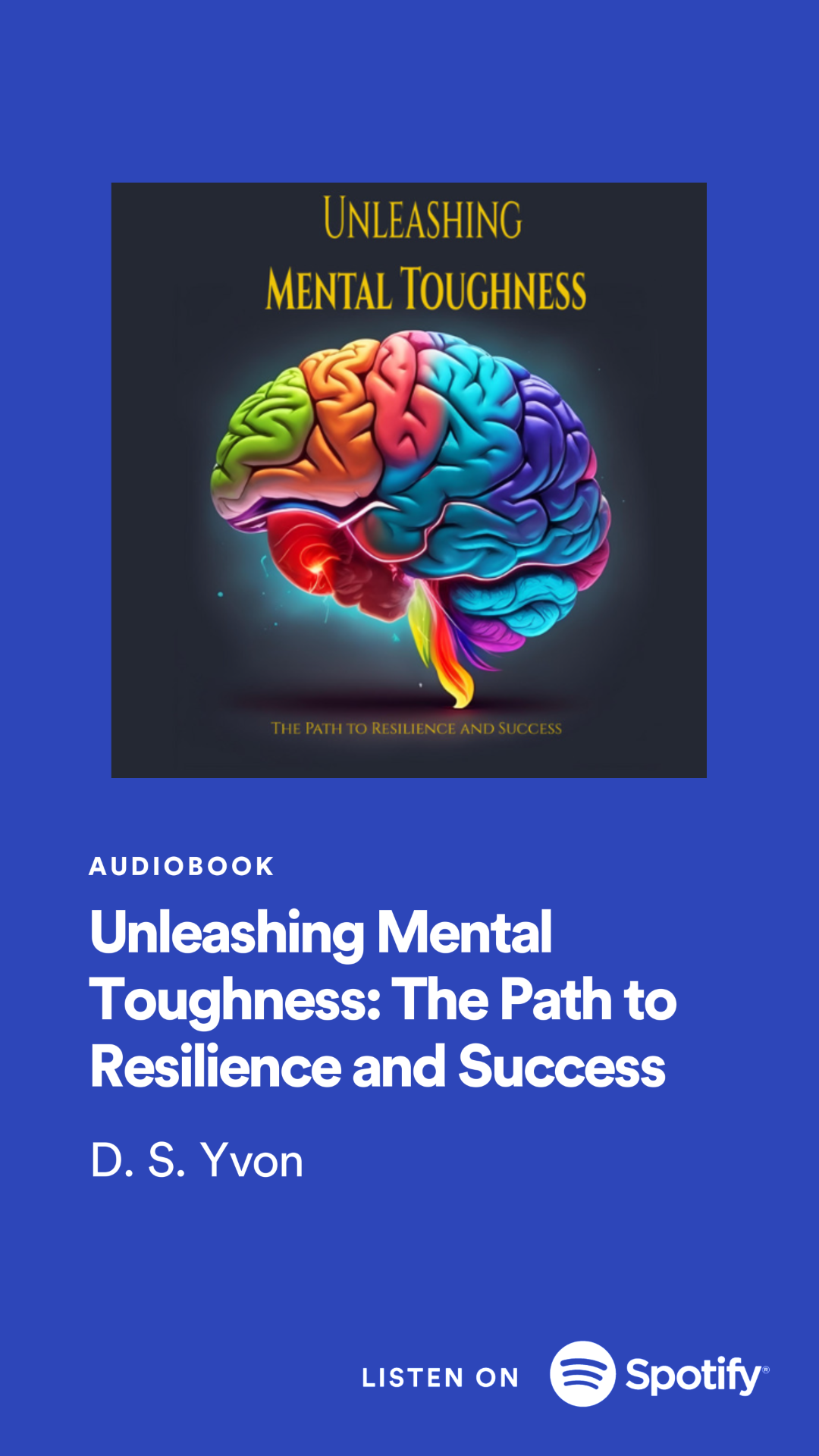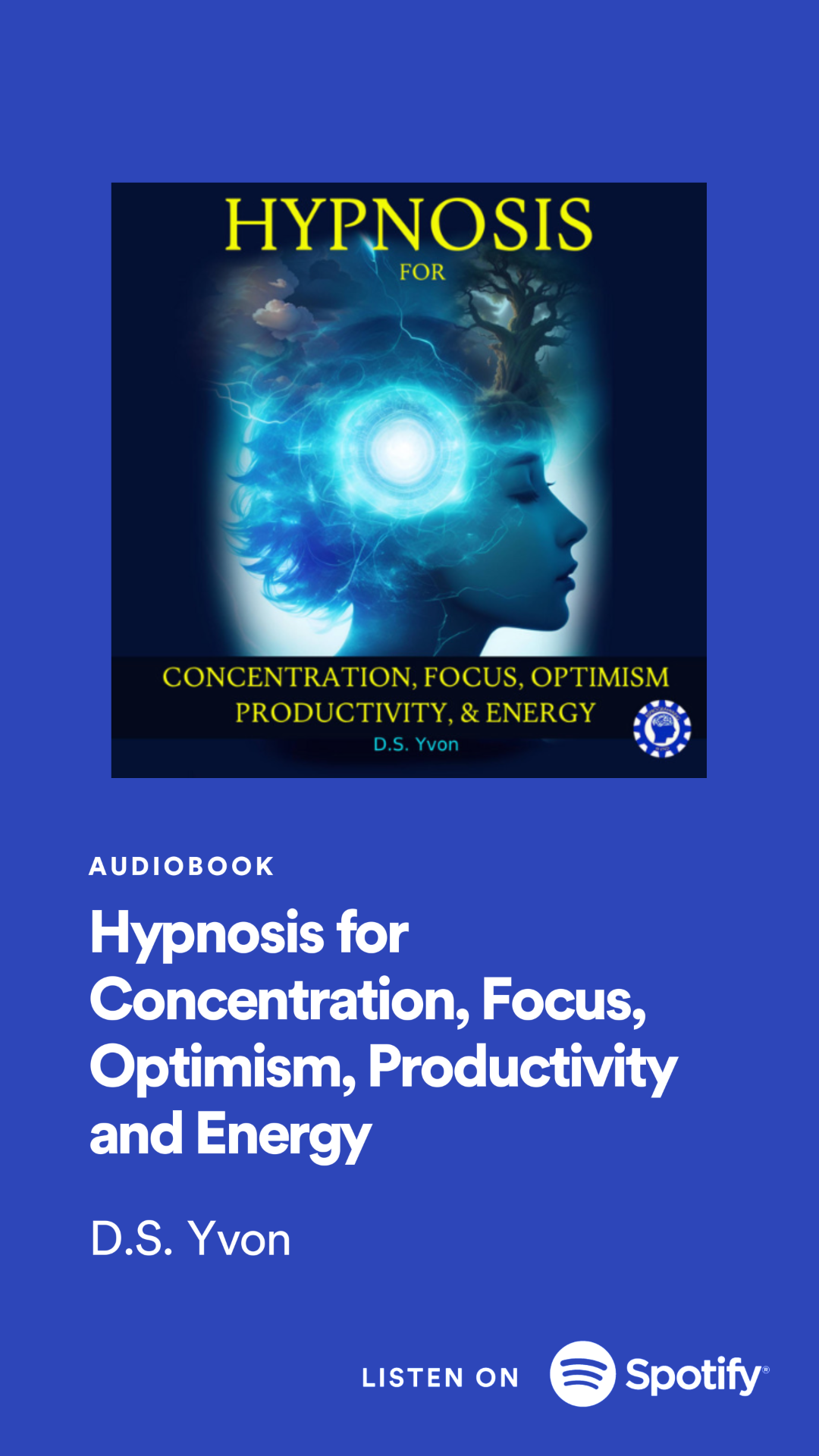Post-traumatic stress disorder (PTSD) is a mental health condition that can develop after experiencing or witnessing a traumatic event. While PTSD can affect anyone, research shows that women are more likely to develop the disorder than men. In fact, women are nearly twice as likely as men to develop PTSD in their lifetimes.[1][2] Understanding the unique ways PTSD manifests in women is crucial for proper diagnosis and treatment.
Reexperiencing the Trauma
One of the core symptoms of PTSD is reexperiencing the traumatic event through intrusive thoughts, nightmares, or flashbacks. Women with PTSD may experience these symptoms more intensely than men. A study involving active military personnel found that women expressed more distress than men across almost all PTSD symptoms, including reexperiencing the trauma.[1]
Avoidance and Emotional Numbing
Women with PTSD are more likely than men to exhibit avoidance behaviors, such as avoiding situations or people that remind them of the traumatic event.[1] They may also experience emotional numbing, feeling detached from friends and family members, and losing interest in activities they once enjoyed.[1][2]
Hyperarousal and Anxiety
Hyperarousal, characterized by feeling constantly on edge, easily startled, and having difficulty sleeping, is another common symptom of PTSD. Women with PTSD tend to score higher on measures of hyperarousal compared to men.[1] Additionally, women with PTSD are more likely to experience comorbid anxiety disorders, such as generalized anxiety disorder or panic disorder.[2]
Depression and Negative Cognitions
Women with PTSD are more prone to developing depression and negative thought patterns, such as feelings of guilt, shame, or self-blame.[1][2] These negative cognitions can further exacerbate PTSD symptoms and impair daily functioning.
Longer Duration of Symptoms
Research indicates that women typically experience PTSD symptoms for a longer duration than men before receiving a diagnosis and seeking treatment. On average, women have PTSD symptoms for four years before being diagnosed, compared to one year for men.[2] This delay in treatment can lead to more severe and chronic PTSD symptoms.
Risk Factors for Women
Certain factors may increase a woman's risk of developing PTSD after a traumatic event. These include:
- Being directly exposed to the trauma as a victim, particularly in cases of sexual assault or abuse.[2]
- Experiencing trauma during childhood, which can have long-lasting effects on mental health.[2]
- Lack of a strong support network or coping mechanisms.[2]
- Pre-existing mental health conditions, such as depression or anxiety disorders.[2]
Cardiovascular and Neurocognitive Implications
Recent research has shed light on the potential long-term effects of PTSD on women's cardiovascular and neurocognitive health. A study published in JAMA Network Open found that among midlife women, higher PTSD symptoms were associated with greater carotid atherosclerosis, an indicator of cardiovascular disease risk.[3] Furthermore, among women who carried the APOEε4 genotype, a risk factor for Alzheimer's disease, PTSD symptoms were linked to greater white matter hyperintensity volume in the brain and poorer cognitive performance across multiple domains.[3]
Seeking Help and Treatment
If you're experiencing symptoms of PTSD, a mental health professional can provide evidence-based treatments, such as trauma-focused psychotherapy or reconsolidation of traumatic memories.
Cognitive-behavioral therapy (CBT) and eye movement desensitization and reprocessing (EMDR) are two effective treatments for PTSD that can help individuals process the traumatic event and develop coping strategies. The reconsolidation of traumatic memories is also effective for erasing the emotional component of a traumatic memory.
PTSD is a treatable condition, and with proper support and treatment, individuals can manage their symptoms and regain a sense of control over their lives.
PTSD can manifest differently in women compared to men, with unique challenges and risk factors. By understanding these differences, healthcare professionals can better identify and address the specific needs of women with PTSD. Early intervention and appropriate treatment are crucial for improving outcomes and preventing long-term consequences on physical and mental health.
Key Differences in How PTSD Symptoms Manifest in Women Compared to Men:
1. Women are more likely to experience certain PTSD symptoms at higher rates, including:
- Reexperiencing the traumatic event through intrusive thoughts, nightmares or flashbacks [3]
- Avoidance behaviors like avoiding situations that remind them of the trauma [3]
- Emotional numbing and feeling detached [3]
- Depression and anxiety [2]
- Being easily startled and hyperarousal symptoms like difficulty sleeping[3]
2. Women tend to have PTSD symptoms for a longer duration before being diagnosed and receiving treatment compared to men - an average of 4 years versus 1 year for men.[2]
3. Women are less likely than men to develop substance abuse issues as a coping mechanism for PTSD.[2]
4. Biological factors like hormonal influences and differences in brain structures/functions may contribute to increased vulnerability for developing PTSD in women after trauma.[1][4]
5. The types of trauma most likely to lead to PTSD in women are interpersonal violence like sexual assault, abuse, and domestic violence, which are associated with feelings of shame and self-blame.[1][2]
6. Men with PTSD tend to exhibit more externalizing symptoms like irritability, anger outbursts, impulsivity and hypervigilance compared to women.[1][4]
7. Overall, women with PTSD tend to score higher on measures of reexperiencing, avoidance, numbing and hyperarousal, while men show more issues with anger, substance abuse and antisocial behaviors.[1][3][4]
In summary, the sources indicate that PTSD symptoms often manifest differently between genders, with women more prone to internalizing symptoms and men exhibiting more externalizing behaviors, likely influenced by both biological and environmental factors.[2][3][4]
What Are the Most Common Triggers for PTSD in Women?
Post-traumatic stress disorder (PTSD) is a mental health condition that can develop after experiencing or witnessing a traumatic event. While PTSD can affect anyone, research shows that women are more likely to develop the disorder than men. In fact, women are nearly twice as likely as men to develop PTSD in their lifetimes. Understanding the most common triggers for PTSD in women is crucial for early intervention and effective treatment.
Sexual Assault and Abuse
One of the most prevalent triggers for PTSD in women is sexual assault or abuse. Studies have consistently shown that women who have experienced sexual violence, including rape, childhood sexual abuse, or intimate partner sexual violence, are at a significantly higher risk of developing PTSD.
The trauma associated with sexual assault can be particularly severe due to the violation of personal boundaries, feelings of helplessness, and the potential for physical injury. Additionally, the stigma and shame surrounding sexual violence can make it difficult for survivors to seek support, further exacerbating the psychological impact.
Intimate Partner Violence and Domestic Abuse
Intimate partner violence (IPV) and domestic abuse are also major risk factors for PTSD in women. IPV can involve physical, sexual, emotional, or psychological abuse, and the trauma can be compounded by the betrayal of trust within a romantic relationship.
Women who experience IPV often live in a constant state of fear and hypervigilance, which can lead to the development of PTSD symptoms such as intrusive thoughts, avoidance behaviors, and hyperarousal. The cycle of abuse and the difficulty in leaving an abusive relationship can further contribute to the development and persistence of PTSD.
Childhood Trauma and Abuse
Traumatic experiences during childhood, such as physical, emotional, or sexual abuse, can have a profound impact on a woman's mental health and increase the risk of developing PTSD later in life. Childhood trauma can disrupt the normal development of coping mechanisms and emotional regulation, making it more difficult to process and recover from subsequent traumatic events.
Additionally, childhood trauma can lead to complex PTSD, which involves additional symptoms such as difficulties with emotional regulation, interpersonal relationships, and self-perception.
Pregnancy and Childbirth Complications
While pregnancy and childbirth are often joyful experiences, they can also be traumatic for some women. Complications during pregnancy or delivery, such as preterm labor, emergency cesarean sections, or life-threatening situations for the mother or baby, can trigger PTSD symptoms.
Women who experience traumatic births may develop intrusive thoughts, flashbacks, or nightmares related to the event, as well as avoidance behaviors and hyperarousal symptoms. The emotional and physical stress of childbirth complications can be overwhelming, and the lack of support or validation can exacerbate the trauma.
Natural Disasters and Accidents
Natural disasters, such as hurricanes, earthquakes, or wildfires, can be traumatic events that trigger PTSD in women. The sudden and unpredictable nature of these events, coupled with the potential for loss of life, injury, or destruction of property, can lead to significant psychological distress.
Similarly, accidents, such as car crashes or workplace incidents, can also be traumatic triggers for PTSD in women. The experience of feeling one's life is in danger or witnessing injury or death can have a lasting impact on mental health.
Military Combat and Deployment
While PTSD is often associated with military combat and deployment, it's important to note that women in the military are also at risk of developing the disorder. In addition to the trauma of combat exposure, women in the military may also experience sexual harassment, assault, or discrimination, which can further contribute to the development of PTSD.
Risk Factors for Women
Certain factors may increase a woman's risk of developing PTSD after a traumatic event. These include:
- Being directly exposed to the trauma as a victim, particularly in cases of sexual assault or abuse.
- Experiencing trauma during childhood, which can have long-lasting effects on mental health.
- Lack of a strong support network or coping mechanisms.
- Pre-existing mental health conditions, such as depression or anxiety disorders.
- Exposure to multiple traumatic events or chronic trauma.
Recognizing the common triggers and risk factors can help healthcare professionals and support systems provide early intervention and appropriate resources for those who may be at risk.
In conclusion, the most common triggers for PTSD in women include sexual assault, intimate partner violence, childhood trauma, pregnancy and childbirth complications, natural disasters, accidents, and military combat or deployment. By understanding these triggers and risk factors, healthcare professionals and support systems can better identify and address the specific needs of women who may be at risk for developing PTSD. Early intervention and appropriate treatment are crucial for improving outcomes and preventing long-term consequences on mental health.
Discover how a Vietnam veteran erased 4 PTSD memories in less than 5 hours.























